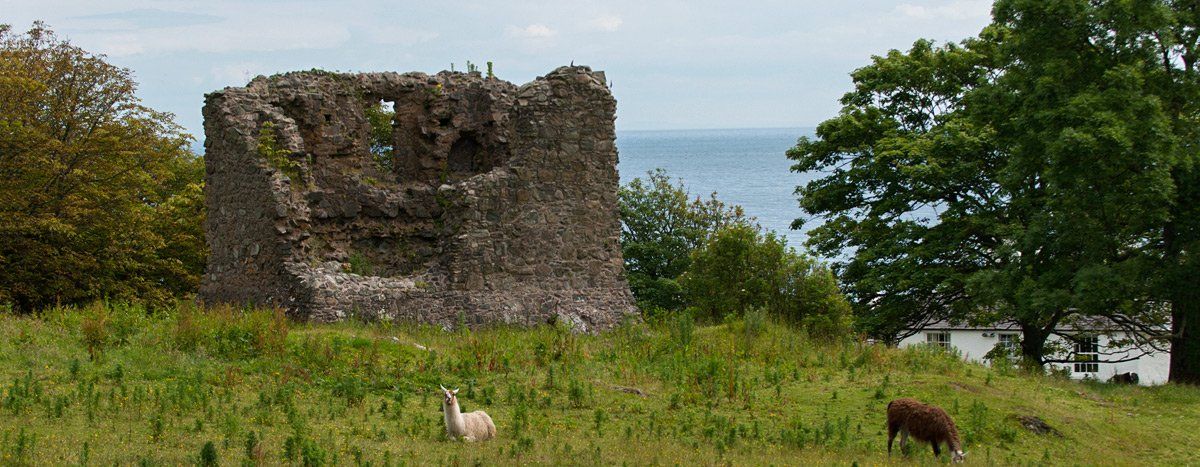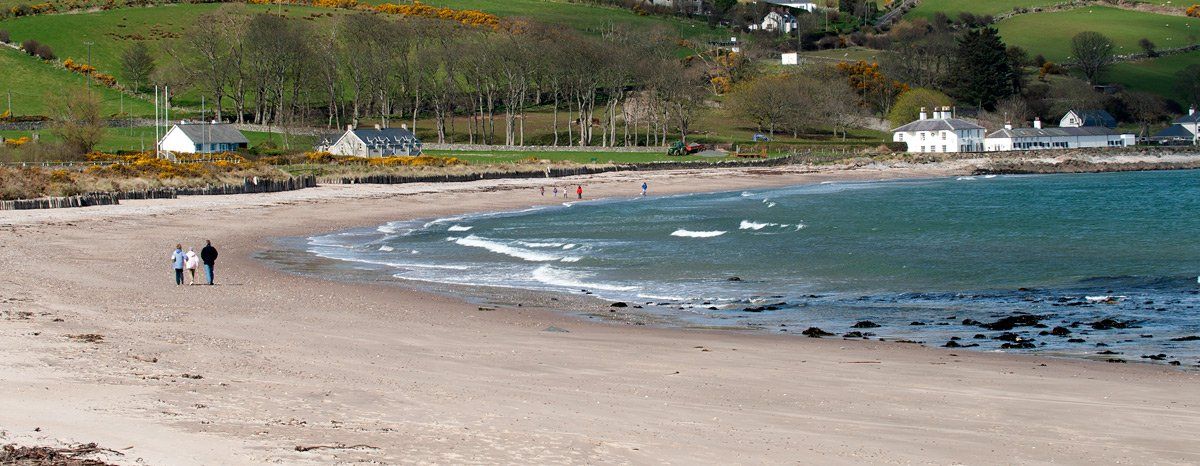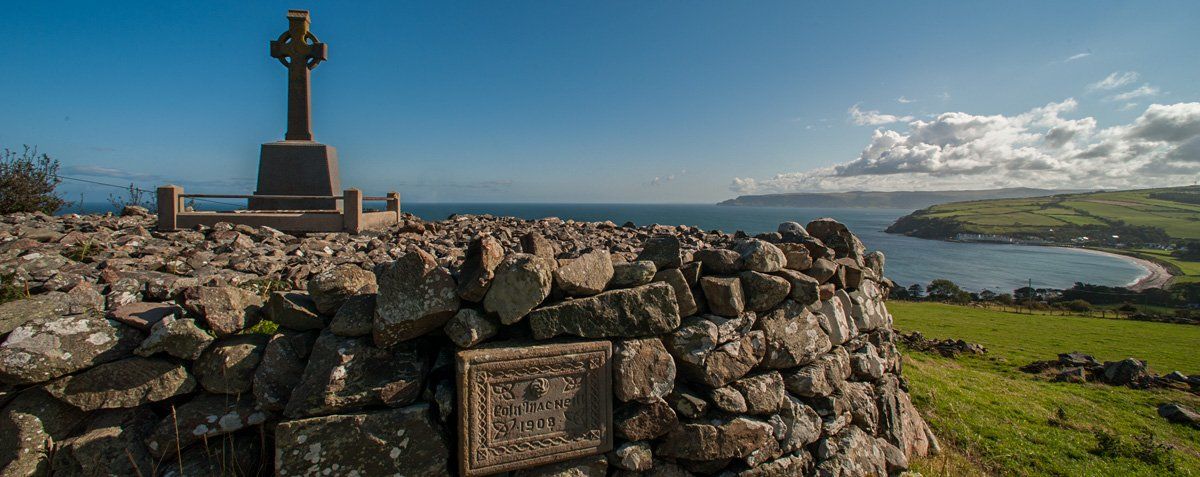Shane O'Neill had possession of Cara Castle in 1565 before his was killed nearby in 1567. The MacDonnells then held the castle, there are references to a son of Sorley Boy McDonnells being besieged here by English forces in the late 1500s and that Sorley Boy, then in his eighties, came from Dunluce Castle and successfully relieved the castle. The MacDonnell's and O'Neill's had many periods of hostilities which were in part strategically manipulated by Queen Elizabeth 1st and her representatives in Ireland.
Shane O'Neill was killed in 1567 during a meeting with the MacDonnells at Crosscrene - an old church site in the townland of Ballyteerin, a kilometre from Cara Castle. His remains were buried in a nearby graveyard and his head, or so it is alleged, taken to Dublin and displayed on a pike outside Dublin Castle. Other accounts speak of his head being buried at Glenarm. The killing of Shane O'Neill came after the 'Battle of Glentaisie' in 1565 when Sorely Boy McDonnell was defeated, captured and held prisoner for two years in Dungannon Castle by Shane O'Neill. The meeting had been set up between Sorley Boy, his brother Alexander and Shane O'Neill.
O'Neill had powerful enemies across the river Bann (Maguires and O'Donnells) and needed a way out of his conflict with the McDonnells. The offer of talks and a truce between them seemed the best options, also a possibility of a new alliance against his enemies. The meeting was to reach an agreement between the two clans. Over several days festivities took place to celebrate the new alliance, during the meeting either through a premeditated act or by confrontation Shane O'Neill was killed along with several of his militia. Some believe that the English Deputy of Ireland Sir Henry Sidney had an assassin attend specifically to kill Shane O'Neill, they had tried several times before unsuccessfully. A stone cairn to the O'Neill clan was erected on high ground overlooking Cara Castle and Cushendun in 1908.



